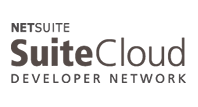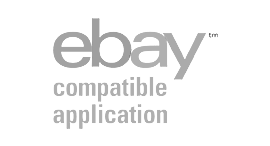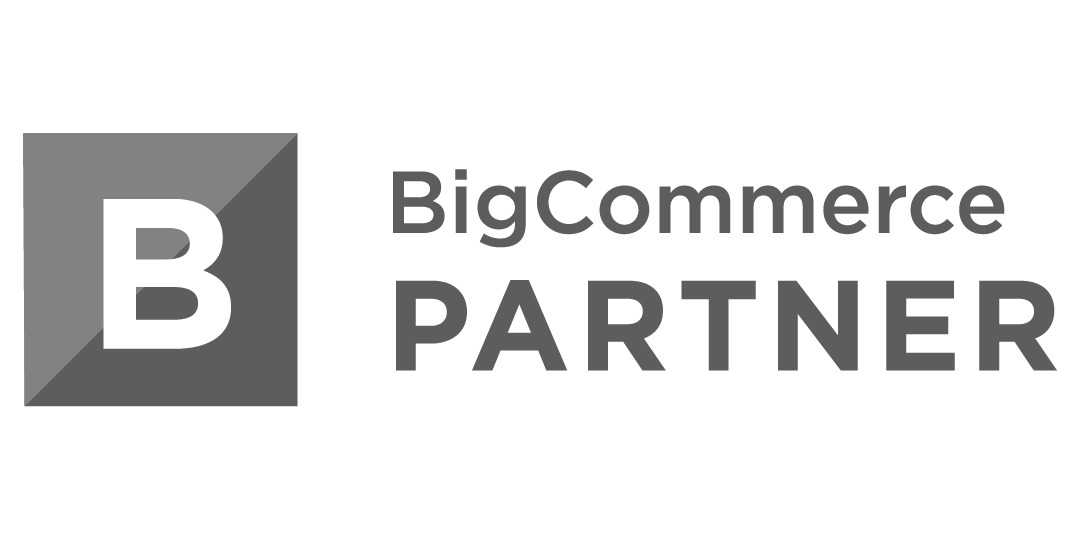eCommerce marketplaces, like eBay and Amazon, are often the first places a merchant looks for growth opportunities. And, yes, unless you are in some very specific niche industry, it’s likely that eBay and Amazon are your best eCommerce marketplaces to place to start with.
But, they are far from the only ones out there. Among the bevy of smaller (but still quite large) eCommerce marketplaces lies Sears–yes, that Sears.
In this post I’ll make a case for why you should sell on Sears Marketplace to expand your eCommerce business.
Background on Sears Marketplace
Like some other familiar brands (Best Buy and Walmart) Sears opens up its eCommerce store to an ecosystem of merchants who want to sell to their customers. In other words, when you buy something on Sears.com, you may be buying from a merchant that isn’t Sears Holdings Company. For merchants, this is an opportunity to get in front of new markets.
Despite their recent financial concerns, Sears is still a major brand. It’s one of the most recognizable brands in the United States. And, according to Compete.com, Sears brings in an average of about 16 million unique visitors every month. That’s still a lot of potential customers who aren’t necessarily shopping on eBay, Amazon, or your eCommerce site.
(Note: This graph shows the last full calendar year. The drop-off is simply the drop from the holiday shopping season back to normal traffic.)
Sears works a lot like how Amazon does. You sell products right alongside of Sears. You can add products that Sears isn’t aware of. Sears takes a percentage of your transactions–plus a small monthly fee–as penance for your participation in their marketplace. It’s pretty straightforward.
Sears Marketplace, much like Amazon, also offers fulfillment services. You are another low monthly fee, charged transaction fees, and for storage space. Then, Sears simply packages and ships your Sears.com orders for you. For a merchant that doesn’t have the fulfillment infrastructure or manpower to manage this alone, it’s a great option.
Sears Marketplace Costs
Sears Marketplace pricing can be found here, but the following is a brief unofficial summary:
- $40/month to sell on Sears
- Transaction fees up to 20%, depending on product (most are products’ fees are around 15%)
- An additional $40/month for Sears to fulfill your orders
- Order-specific fulfillment fees
Sears can get a little pricier than Amazon, depending on what you sell, but it’s worth looking into. Those familiar with eCommerce marketplaces should already be comfortable with the notion of transaction fees.
Sears adds a nice little bonus in for newer merchants. If you fail to reach $400 in sales in a month, they’ll waive the $40 fee. It’s not much, but it means you can start experimenting with Sears with very little risk to your business. If it doesn’t work well for you, all you’ve paid is a transaction fee…no overhead costs.
What to Sell on Sears
Any marketplace has its niches. There are even products that you probably shouldn’t necessarily try to sell on Amazon! Sears is no different.
Sears provides the following product categories:
- Appliances
- Baby
- Beauty
- Clothing
- Computers & Electronics
- Entertainment
- Fitness & Sports
- For the Home
- Health & Wellness
- Jewelry
- Lawn & Garden
- Outdoor Living
- Shoes
- Tools
- Toys & Games
- Workwear & Uniforms
Why Sell on Sears?
If you’ve ever stepped foot inside a Sears store, this assortment shouldn’t surprise you. The good news is that, while Sears doesn’t sell everything, they do sell a broad assortment. There is a lot of opportunity there.
So, what’s the point? Why is it worth your time and investment to sell on Sears? (And, for the record, nChannel was not given any incentives to talk about this.)
Of the major brands that are also marketplaces, Sears is probably your best opportunity to sell broad assortments. Walmart is a much bigger marketplace, but they have strict rules about who exactly is allowed to sell there. Best Buy is also larger, but their product assortment is much more specific. If you only sell electronics, start there.
Selling on Sears means your products will get in front of the 16 million people who visit Sears.com every month plus all of their Sears Mobile users. It also makes you present in the many Sears stores throughout the country, via their in-store kiosks. This is a lot of exposure.
I won’t deny that your first looks should be Amazon and eBay, when you decide to sell in marketplaces. But, if you’ve tapped those opportunities or they won’t work for you Sears.com marketplace should be the next place you look.
With effectively a no-risk chance to get started, what have you got to lose?
What To Do Next
Head over to Sears Marketplace to get signed up. They will guide you through the process. But, keep one more important thing in mind…
As you expand beyond your webstore into one or more marketplaces, managing your product catalog will get exponentially complicated. Not only do you have to maintain a core catalog, but you have to maintain different versions of that catalog for all your different sales channels. If you’ already sell through multiple channels, then you know what I mean.
In order to prevent curbing your own growth, you need to start putting in proper product information management processes now. We can help!
In this eBook, we describe a framework called Product Content Strategy. It’ll help you reorient your eCommerce business around a scalable, customer-driven approach to managing product data. It’ll help you keep from stunting your own growth. Click the banner below to download.








[…] (Source: nChannel) […]